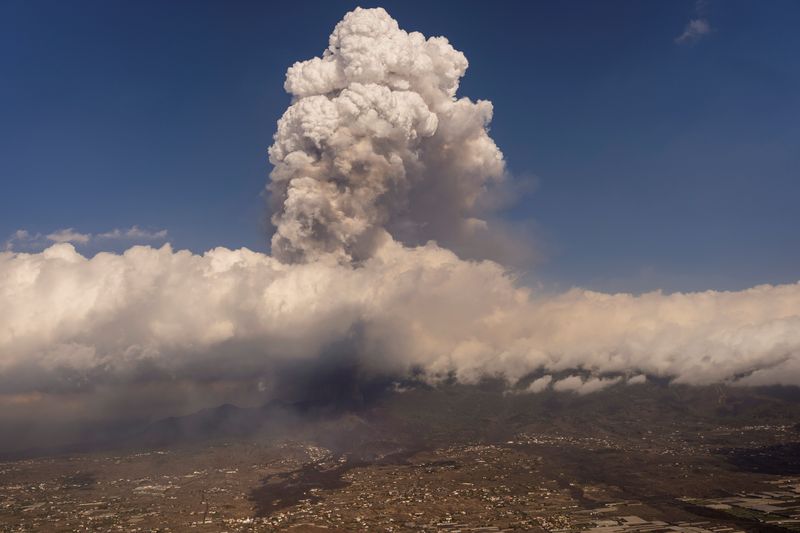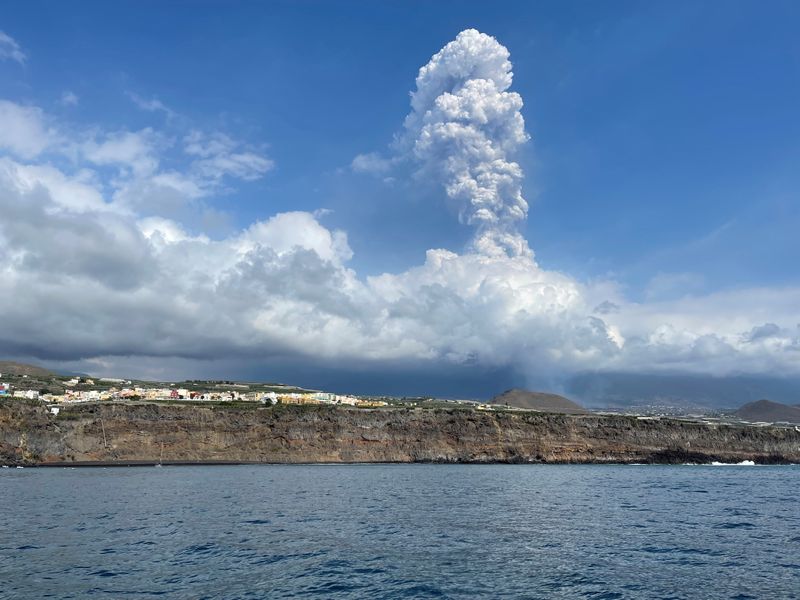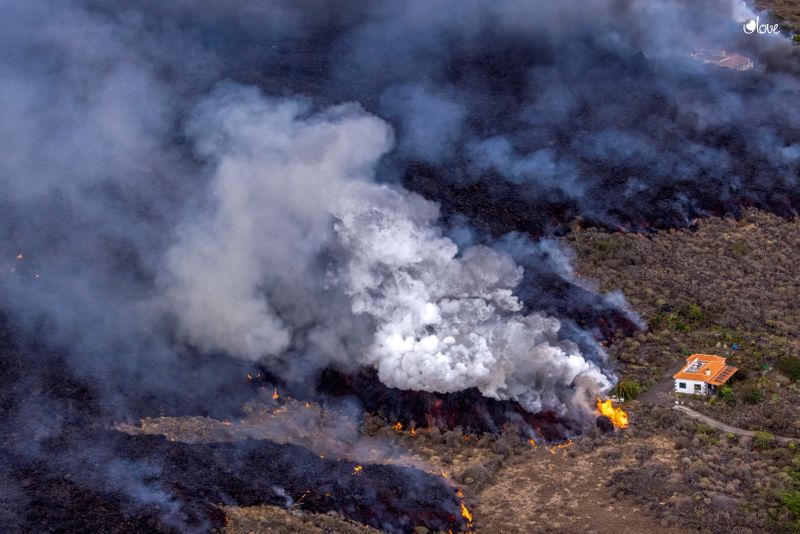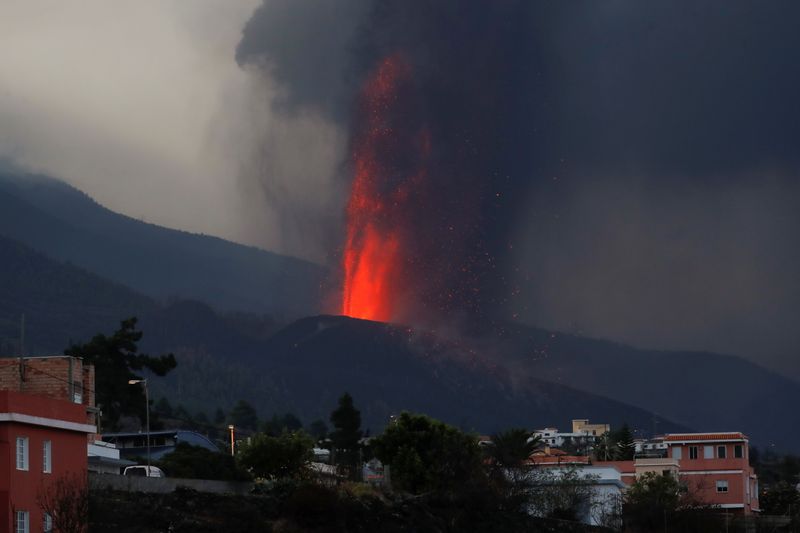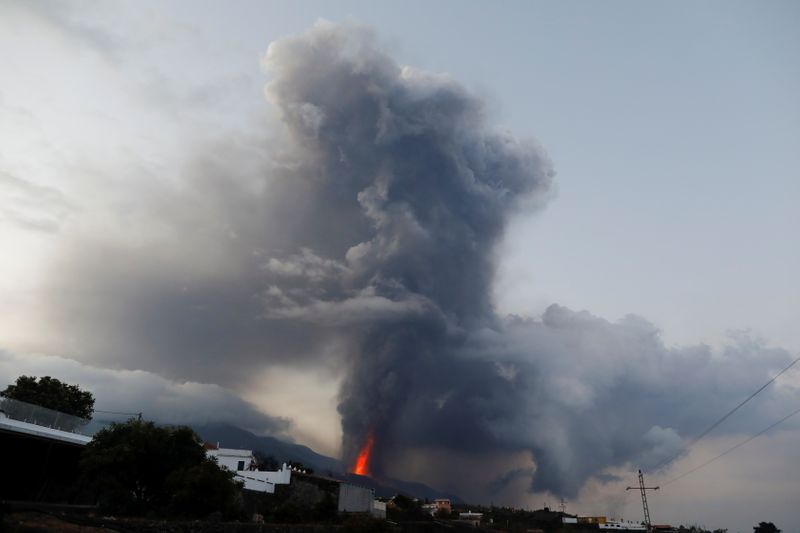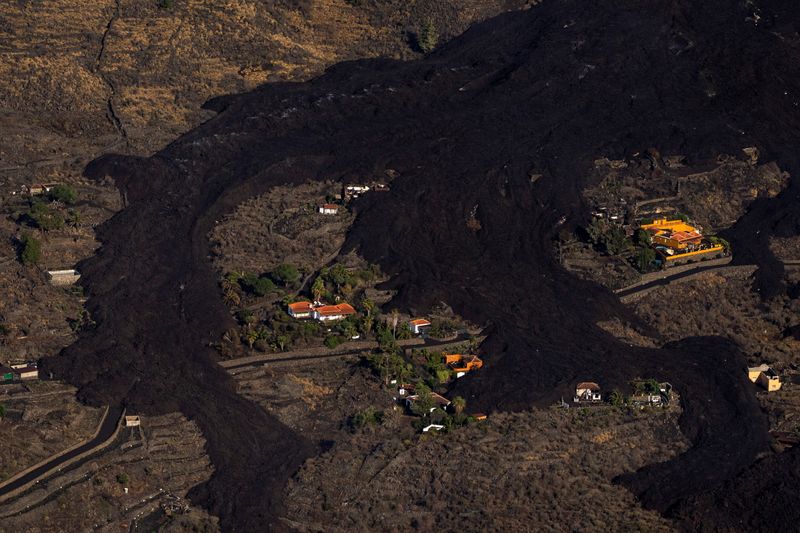Canada should move quickly to ensure its aging submarine fleet is replaced on time, considering the build-up in submarine capability by countries like Russia and China and the “relative decline” of the United States, according to a new paper from the Macdonald-Laurier Institute.

© Provided by National PostHMCS Windsor, one of Canada's four Victoria-class long range patrol submarines, in Halifax port in 2018.
Canada needs to have replacement submarines before the current fleet of four diesel-electric Victoria-class subs is decommissioned, the paper authored by political science professor Jeffrey Collins says, given “Canada’s ability to exert influence in its vast maritime domain will be tested as the demand for resources and northern sea access increases in the coming decades.”
The federal government has allotted up to $10 billion for separate projects to modernize and maintain its current submarines, but even with those initiatives the paper says “serious questions remain” about whether Canada will have a replacement ready by the time they are decommissioned, sometime between 2036 and 2042.
That might “not appear to be a particularly urgent timeline,” said former vice-admiral Mark Norman in an interview. But because complex procurements like this can take 12 to 15 years, that “gives us one to two years to really get this project properly initiated and oriented.”
The paper was released the same week as Australia, the United Kingdom and the United States entered a new partnership, known as AUKUS, that will see Australia obtain nuclear-powered submarines.
Kim Nossal, a professor emeritus of international relations at Queen’s University, said that it’s not accurate to characterize Canada as being “excluded” from the AUKUS initiative. That agreement came out of an Australian ask for nuclear power technology sharing following a “nightmare” program to buy French submarines.
“It was that initiative then that basically turned into AUKUS. There was no notion here that the Brits and the Americans and the Australians said ‘Oh, let’s see who else might be interested in this arrangement’.”
Nossal said he agrees with the MLI report on the need to replace Canada’s Victoria-class submarines. Unless Canada substantially stepped up in another defence area, “getting out of the sub business would mean that our friends and allies (and, of course, those who oppose our friends and allies) would take Canada even less seriously in defence matters than they do now,” he said.
It would also “effectively cede operational control over our coastal and Arctic waters to others,” both allies and enemies, Nossal added.
That doesn’t mean Canada should opt for nuclear submarines like Australia did, according to Nossal. “There is no willingness in Canada to spend the kind of money needed to buy a nuclear-powered sub fleet,” he said. Even if there was, countries who make nuclear-powered subs aren’t necessarily willing to share that technology with Canadians.
Norman, who wrote the foreword for the MLI paper, said Canada previously considered nuclear submarines on two occasions and opted not to go that route, for both practical and political reasons. He said given Canada’s geography, the country needs a submarine that’s capable of operating in and under the ice.
“It wasn’t that long ago that the only option for that was to consider nuclear propulsion,” but now the technology had advanced enough to allow “a broader conversation about other options.”
“We need to move forward with a viable program to replace the current capability,” said Norman. “And what that looks like, I don’t know, but it starts by having what I would characterize as a mature, open and transparent conversation.”
In July, the Canadian Press reported that the Royal Canadian Navy had created a team to start the process of replacing the current fleet, noting there is likely to be an “extremely controversial debate” about whether Canada needed them at all.
CP pointed out Canada’s current fleet spent more time undergoing repairs and maintenance than in the water, and required billions to address multiple problems with the submarines.
A new fleet of submarines would cost upwards of $5 billion. A 2003 estimate put the cost of four new subs at between $3 billion and $5 billion; as the MLI report pointed out, we “can easily expect that 20-year-old estimate to be higher.”
Such a large project could face political opposition from those who would rather those funds be spent elsewhere, and potential wariness from governments who might find defence an easy area for budget cuts.
“Defence expenditures in Canada are always subject to significant criticism,” Norman acknowledged. But he said even those who don’t like the idea can be receptive “when the conversation is well informed” and the reasons for the expenditures are adequately explained.
The MLI paper said our current subs are used for a variety of purposes, including surveillance and intelligence, building alliances and deterring opponents, and monitoring our waters. It pointed out that Russia’s subs are now more active in the Arctic and North Atlantic than any time since the Cold War.
At the same time, the Unites States is in decline “due to competing internal and external pressures including fleet overstretch, divided domestic institutions, quasi-isolationism, trade protectionism, and the return of great power rivalries for the first time in 80 years,” which MLI said puts more pressure on American allies.
“With China and Russia building up their respective nuclear and non-nuclear submarine fleets, it will become harder for Canada to ignore the need to maintain its submarine capability,” the paper argued. “The idea that Canada could return to its 1950s past of relying on US or UK submarines to undertake these missions on our behalf is myopic.”






















:focal(2610x1923:2611x1924)/https://tf-cmsv2-smithsonianmag-media.s3.amazonaws.com/filer_public/07/3d/073d1446-336e-4abd-995c-195f1c62f6c5/gettyimages-1235366980.jpg)
/https://tf-cmsv2-smithsonianmag-media.s3.amazonaws.com/filer_public/68/a8/68a8e266-44ed-4285-91ff-c71a73748013/gettyimages-1341432376.jpg)
